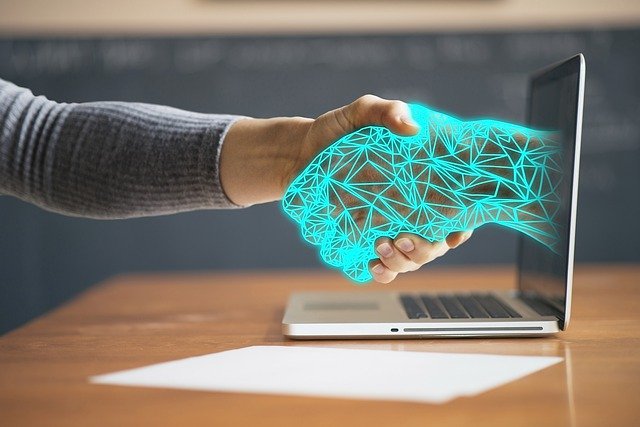Previous Industrial revolutions:
- The First Industrial revolution was started in the 1760s. It is the transition from hand production methods to machines. So, mechanization is the first industrial revolution.
- The Second Industrial Revolution was started in about 1880s, which included mass production, electricity etc.
- The third Industrial Revolution was started in about the 1980s. It is the transition from electrical to electronics, which means IT revolution, automation etc.
- Industrial revolution 4.0 or Industry 4.0 is the era of Cyber-Physical Systems. It is a collaboration of machines, Artificial Intelligence, Robotics, Nanotechnology, IoT, Biotechnology etc. This current trend of fusion of technologies, which is basically a collaborative era.
What is Industry 5.0:
- Industry 5.0 or the Fifth industrial revolution refers to the collaboration of humans and machines.
Benefits of Industry 5.0:
- It aims to correct the previous industrial revolution by developing technologies in a human-centric way. It empowers workers instead of replacing them with machines.
- Cobots (collaborative robots), which are people-focused robots will take care of the monotonous or unsafe tasks and humans will refine the work. So, humans will have control over everything.
- The fifth industrial revolution focuses on protecting the environment too by focusing on sustainable manufacturing, circular economy, resilient business models etc.
- It allows hyper-customization to improve the customer experience. It means consumers will have more personalized products.
- Industry 5.0 increases the profits of companies because cobots and humans work together to make the best decisions to achieve more profits from fewer resources.
Challenges:
- Adapting to Industry 5.0 requires huge investment, which is a big obstacle for some companies. Companies that do not adapt to the principles of Industry 5.0 may not be able to compete with the companies that utilized the advantages offered by it.
- Tackling cyber security threats is one of the biggest challenges.
- Training a large number of people to suit the changing nature of jobs is another challenge.
Conclusion:
Industry 5.0 refers to the collaboration of humans and machines. It is people-centric. It empowers workers instead of replacing them with machines. It aims to protect the environment by developing sustainable and resilient business models.
Your Turn…
What are your thoughts on the Fifth industrial revolution? Express your point of view through the comment section below. And subscribe to our blog to read answers to the trending GD topics.
Image by kiquebg from Pixabay
References:
Copyright @ Group Discussion Ideas.

